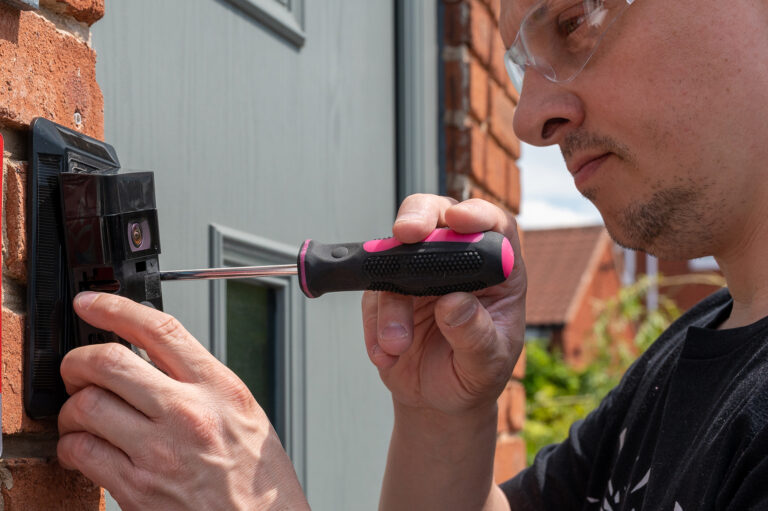October 20th, 2025
Domestic Violence and Digital Abuse: Domestic Violence Victims Face Complex Tech Issues
Posted in: Family Law Tagged: Kathryn E. Deckert
Author: Kathryn E. Deckert

Domestic abusers are increasingly using technology to stalk, control, and torment their victims, a growing concern also known as technology-facilitated relationship-based violence.
While technology offers many benefits, it also provides abusers with easy, low-cost ways to target their victims. Abusive partners, exes and stalkers use technology to track and threaten their victims virtually. They can remotely change vehicle-access settings in internet-connected cars as well as track vehicles via GPS. There have been cases of abusers embedding tracking devices in children’s belongings. They can tap into smart-home devices to watch and listen to members of the household. They’re also exerting financial control or intimidation via banking apps and online accounts.
All of that is in addition to the typical cyberstalking, sextortion, doxxing, cyberbullying, hacking and online impersonation enabled by the digital age.
Additional examples of digital abuse include:
- Sending abusive, violent, or harassing text or chat messages.
- Spying on, monitoring or cyberstalking an individual through tracking systems, spyware or surveillance devices.
- Controlling or forbidding an individual’s access to technology, social media.
- Sharing intimate photos of a significant other without their consent or posting “revenge porn.”
- Installing cameras throughout the home without their significant other’s consent or knowledge.
- Hacking an individual’s device to access their information without their consent or knowledge.
Government Action
Some members of Congress have tried to tackle the problem. Congressman Edward Markey (D-MA) wrote to the Federal Trade Commission (FTC), urging the agency to investigate the data privacy practices of auto manufacturers. While his main focus was limiting the amount of personal data collected by auto makers themselves, he noted that abusers have remotely accessed vehicle location data to track their victims.
Also, the Federal Communications Commission moved to strengthen its ability to implement the Safe Connections Act of 2022, which enables a survivor to separate from a mobile phone contract that’s shared with their abuser.
U.S. Senator Ron Wyden (D-OR), and Congresswomen Anna G. Eshoo (D-CA) and Debbie Lesko (R-AZ) reintroduced their bipartisan, bicameral “Tech Safety for Victims of Domestic Violence, Dating Violence, Sexual Assault and Stalking Act” to help prevent domestic abusers from using technology to stalk, harass or control survivors.
According to the legislators, their bill would provide “new grant funding to clinics and other partnerships focused on addressing domestic violence and technology-enabled abuse, as well as supporting new training and education to equip more organizations with the specialized services needed to help more survivors.”
Safety Steps
Meanwhile, victims need to remain on guard and use multiple ways to stay safe. She cites six steps victims can take:
- Change passwords and usernames.
- Check privacy settings on devices, online accounts, and social media profiles.
- Have vehicles and electronic devices checked for monitoring software or GPS trackers.
- Get a new phone or laptop.
- Report it to law enforcement.
- Document the abuse so it’s available as evidence to use in court.
Contact an Attorney
This evolving issue is affecting more people as smart technology becomes integrated into daily life. If you have any questions or concerns about digital abuse, please reach out to a Stein Sperling Family Law attorney for assistance.







